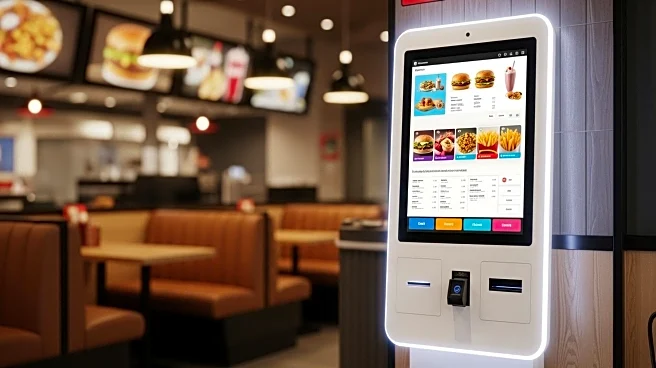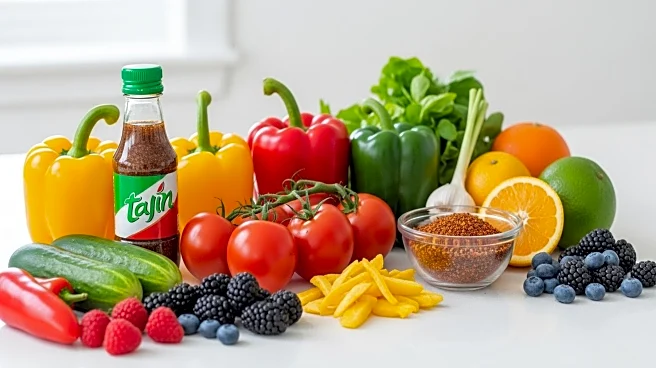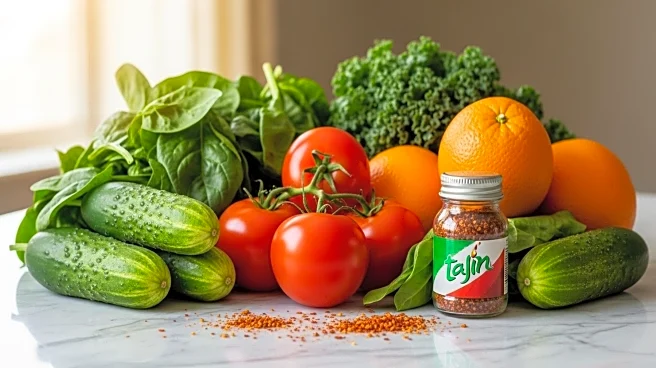What's Happening?
Butterball Farms has launched a new line of pre-mixed flavored butters aimed at helping full-service restaurants streamline their kitchen operations. These products are designed to reduce preparation time and labor costs by eliminating the need for scratch-made compound butters. According to Kathryn Kunst, Marketing Manager at Butterball Farms, the pre-mixed butters come in various flavors such as truffle, honey, garlic, and lemon, and are ready to use straight from the container. This innovation is particularly beneficial in the current climate of labor shortages, allowing restaurants to maintain high-quality, craveable dishes without the extensive prep work. The butters are versatile, suitable for a range of dishes from proteins to vegetables, and help operators keep up with the demand for bold flavors.
Why It's Important?
The introduction of pre-mixed butters by Butterball Farms is significant for the restaurant industry, particularly in the context of ongoing labor shortages. By reducing the need for extensive preparation, these products can help restaurants lower labor costs and improve kitchen efficiency. This is crucial for maintaining profitability and competitiveness in a challenging economic environment. Additionally, the ability to offer consistent, high-quality flavors can enhance customer satisfaction and loyalty, which are vital for business sustainability. The move also reflects a broader trend in the food service industry towards convenience and efficiency, as operators seek innovative solutions to operational challenges.
What's Next?
As restaurants begin to adopt these pre-mixed butters, it is likely that other food service suppliers may follow suit, introducing similar products to meet the demand for convenience and efficiency. This could lead to increased competition in the market, potentially driving further innovation in food preparation solutions. Restaurants may also explore additional ways to streamline operations, such as adopting other pre-prepared ingredients or investing in kitchen automation technologies. The success of these products could influence future trends in restaurant supply chains and menu development.










